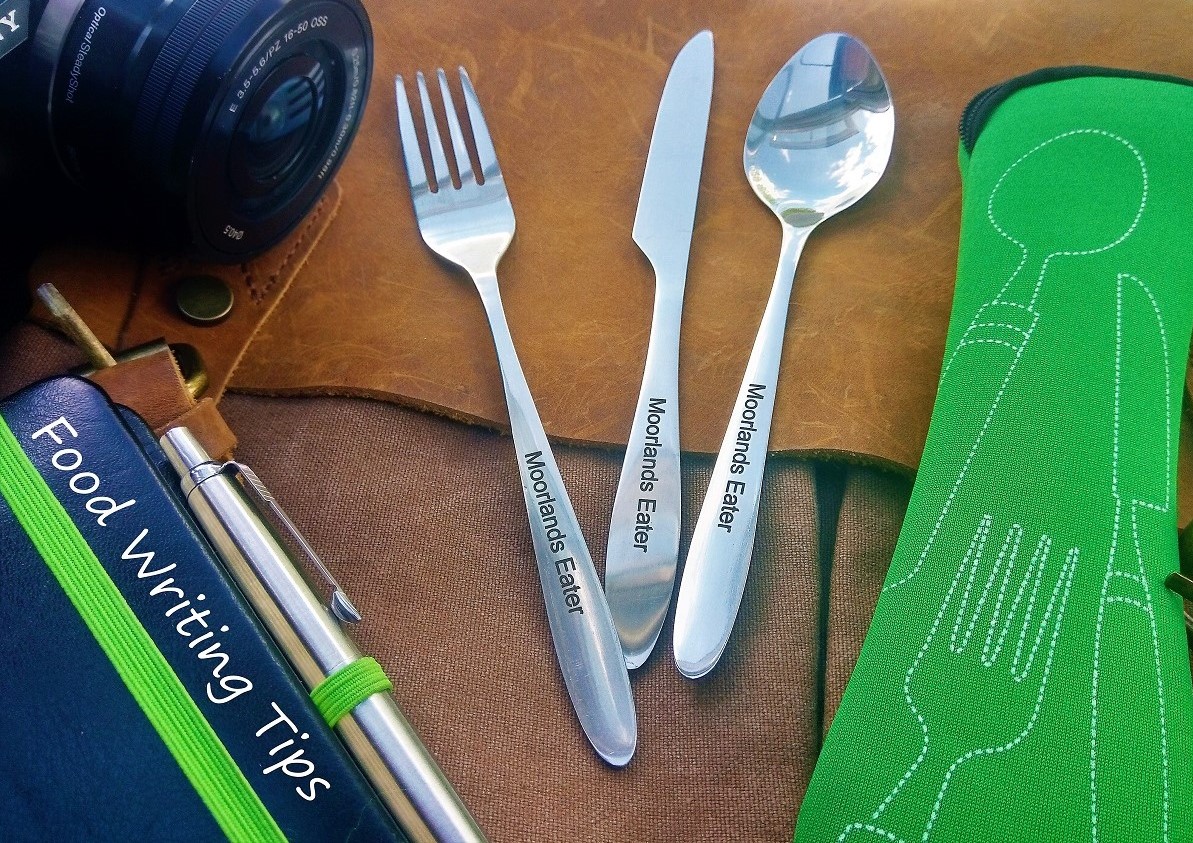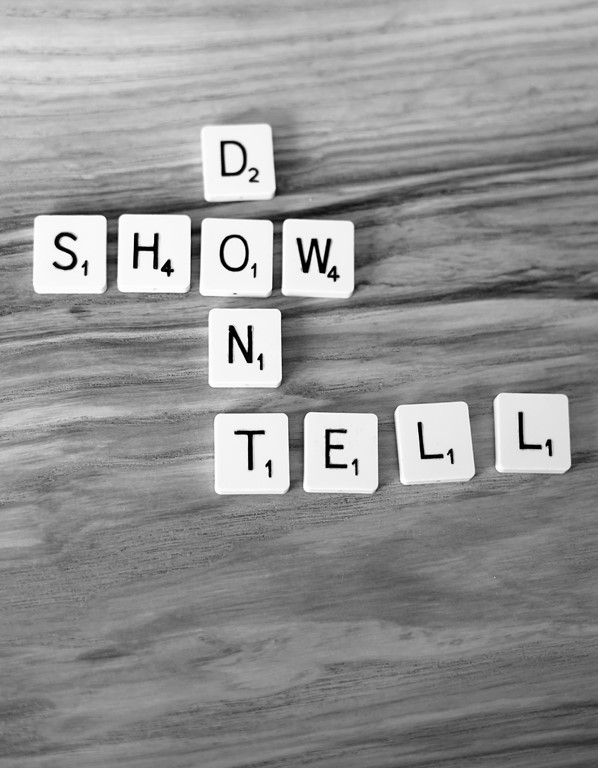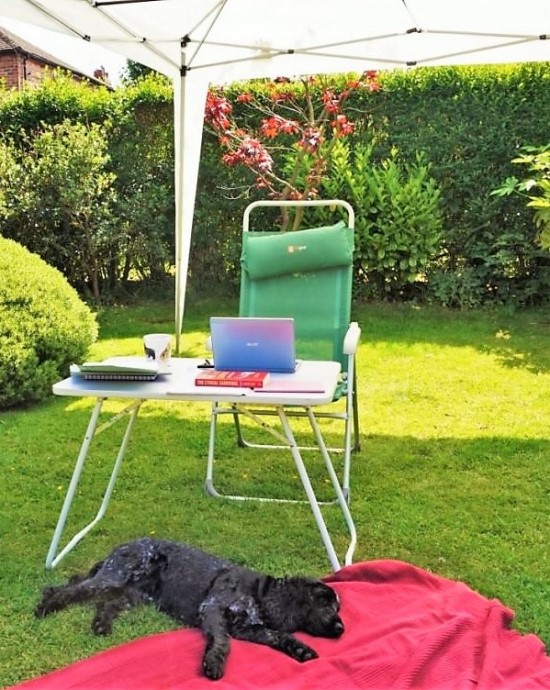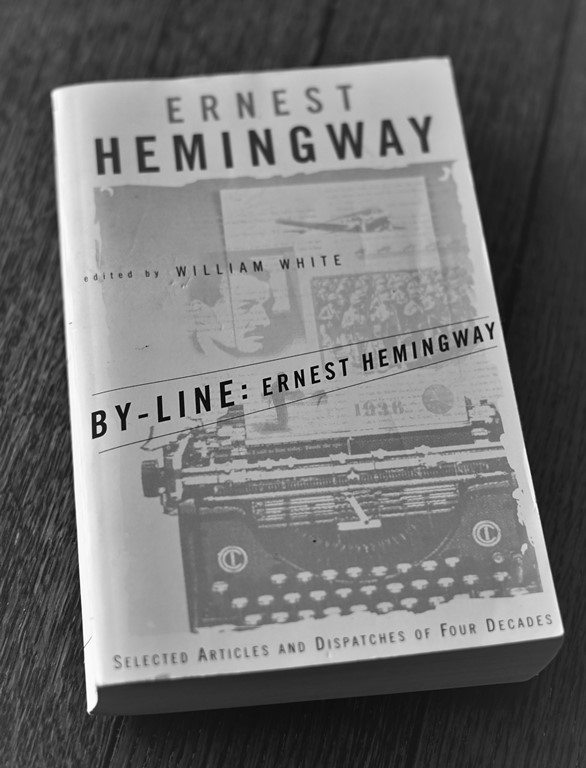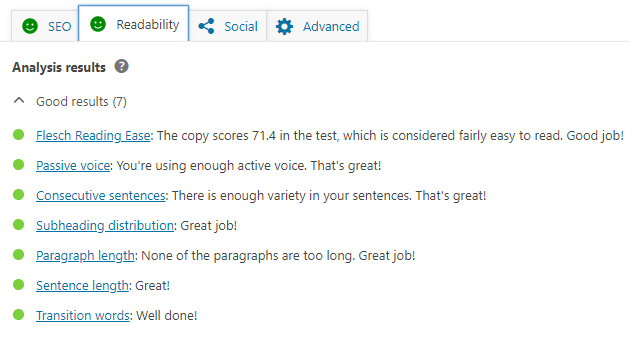Food Writing Tips
Are you thinking of starting a food blog or beginning some other form of food writing? In this post I share a few of the tips I’ve picked up to help make your food writing stand out.
Earlier this month, I was invited onto BBC Radio Derby to talk about food writing. Presenter James Watt was looking for tips as he was planning to include food writing in his new fanzine.
In a quickie telephone interview, I could only touch on a few points, but it did get me thinking. What exactly had I learned, consciously or unconsciously, in the last two or three years?
After the show, perhaps naturally for someone who loves writing, I decided to put down my thoughts.
This is what I came up with.
Show, don’t tell
This first tip applies to almost all good writing. In food writing, ‘show, don’t tell’ means don’t just say something was ‘tasty’ or ‘delicious’. Instead, describe the food in such a way that leads readers to that conclusion. Show them precisely in what way it was delicious.
You do this by using very specific descriptive words. For example, ‘buttery’, ‘fruity’, ‘tart’, ‘peppery’, ‘perfumed’. All those words are about flavour and smell, but you should address all the senses and include words about the texture, appearance and sound of food. Incorporating words like ‘crisp’, ‘chewy’, ‘silky’, ‘shiny’, ‘golden’, ‘sizzling’ and ‘bubbling’ in your food writing will make it much more interesting.
Now, before someone points out a lazy use of ‘tasty’ or ‘delicious’ in one of my posts, I know I’m not immune. But if you can keep those general words to a minimum and concentrate on describing the food very specifically, your readers will gain so much more understanding.
To see what a difference writing in this way can make, think of a restaurant you know and like. Now take a look at its listing on the internet’s most popular customer review site. Yes, that one.
Although some reviewers say what dishes they ate (a surprising number don’t), virtually no one describes the food in anything but general terms, e.g. ‘wonderful’, ‘delicious’ or, god forbid, ‘to die for’. But I don’t know what that person’s idea of ‘wonderful’ or ‘delicious’ is, so I’m really none the wiser.
Compare that to some of the words I used in my post about the restaurant I just looked up on the review site. ‘Meatily firm’, ‘fiery’, ‘rich’, ‘glistening’, ‘slippery’. I see that a ‘delicious’ did creep in there too. But that’s not so bad in an almost 1800 word review.
Word inspiration
For when inspiration is lacking, I find it useful to have a food word list taped up next to the PC where I do a lot of my writing. I add more words to it as I think of ones I like.
As I write, I often use an online thesaurus to find synonyms. It’s all too easy to slip into the habit of using the same words, so try to mix it up a bit.
Find your own voice & style
Although this tip was going to be largely irrelevant when talking to a radio DJ whose voice is their livelihood, it’s an important one for the rest of us.
For the majority of food writing, the objective style of a newspaper story isn’t really appropriate. Whether it’s reviewing or writing pieces to accompany recipes or almost anything else, you’ll need to connect with and engage your readers in a particular ‘voice’ or style.
Will your style be funny, authoritative or self-deprecating?
I’d say my style has some story-telling in it. For example, I won’t just start a review at a restaurant or particular producer or supplier. I’ll almost certainly tell you how I came to choose them. Perhaps I’ll say something about the journey there.
My writing is often personal or confessional, so I might say who I was with and tell you about them too. If I can squeeze in a book, film or TV reference, or mention my dog (seen above assisting in my Summer office), I probably will.
When you start writing, you won’t necessarily know what your voice is. But keep writing and you’ll find it.
Edit, edit then edit again
Even for very short pieces, such as a social media post encouraging readers to click-through to a blog post, I edit a lot. But for your major pieces of writing, it’s absolutely essential.
One of my favourite writers is Ernest Hemingway and a quote attributed to him is along the lines of ‘write drunk, edit sober’. Although, like many things he’s supposedly said, he probably didn’t, he did spend a lot of time editing his work. Most famously, he wrote 47 different endings for A Farewell To Arms.
Anyway, I’m not actually suggesting you write drunk. Simply that, in the same spirit, write a first rough draft very freely and without inhibition. Even if it ends up much longer than you want the finished piece to be. Get all your ideas, impressions and thoughts down, all the metaphors no matter how silly or clunky, all those feelings, tastes, smells. Basically, capture the excitement and enthusiasm that made you want to write about that particular topic in the first place.
Craft it, Shorten it, Sleep on it
When you’ve done that, edit it with a calmer, cooler head at least twice. Craft it and shorten it into something that people will want to read and can themselves get excited about. Replace general words like ‘delicious’ with specifics. A mixture of long and short sentences, with an emphasis on the short, is usually easier to read.
If you’ve time, I think it’s good to set aside a piece you consider to be finished and come back to it the next day. Have another read, with a more objective eye, and make any final tweaks before publishing it. Not forgetting to spell check it first, of course.
Here’s something on editing we do know Hemingway said, because he wrote it in a letter to F. Scott Fitzgerald (with apologies to the more sensitive among you):
“I write one page of masterpiece to ninety one pages of shit. I try to put the shit in the wastebasket.”
Or, as another of my favourite writers, Graham Greene, put it rather more delicately: ‘Destruction is a form of creation’.
Make notes
I always try to have a notebook on me when I’m out and about. If not, I’ll write notes on my phone. That’s because it’s surprisingly easy to forget the details of what you ate just last night.
I find there’s no way I can remember all those little things which, so often, are the difference between a good meal and a great one. Don’t forget, to write something later following the rule of ‘show, don’t tell’, you’re going to need specifics to avoiding falling back on words like ‘tasty’.
I try to jot down impressions as they come to me. What was the initial smell when the dish was brought to you? What did the food remind you of? Were your first expectations of what the food would taste like confirmed or confounded? All this detail will help bring back those sensations when you sit down to write that big, expansive first rough draft.
If you’re reviewing, try to make notes discretely. You don’t want the food and service YOU receive to be any different to the average Joe/Joanna who isn’t publicly dissecting everything in minute detail.
If it’s not practical to take notes at the time, scribble or record something as soon as you can, ideally straight afterwards.
Passionate or Obsessive About Food?
It’s hard to see how anyone can come up with great food writing if they’re not passionate about food. I’d perhaps go a little further and say it helps to be a little obsessive about it.
If you’ve the urge to try new food experiences and are desperate to share them with everyone else, I’d say that’s a excellent basis on which to start your food writing journey.
Good luck!
Further reading: when I started food writing I found the book ‘Will Write For Food’ by Dianne Jacob helpful. Although the focus is mainly on US food writing (and includes the queer statement, ‘Most food is brown’), it does give some very useful pointers and lots to think about.
Search Engine Optimization: if you’re writing for the web, you’ll need to know about Search Engine Optimization (SEO). You can get plug-ins to help with this & it can also give suggestions for improving the readability of your posts. I use Yoast and I’ve included within this post a screenshot of its assessment of the readability of the post – no improvements suggested!

